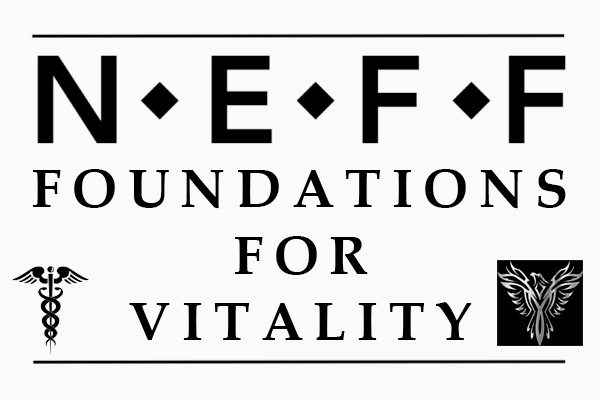Anxiety is expected but not easy to accept.
Nearly everyone encounters mild anxiety at some stage. Yet, for some, anxiety escalates into extreme reactions during daily tasks, termed anxiety disorders. These encompass various types, like generalized anxiety, social anxiety, and panic attacks.
Breathing patterns are intricately linked with anxiety. Conversely, deliberate breathing techniques can alleviate anxiety symptoms and aid in mental focus.
1. Breath out slower
Taking deep breaths in might not always soothe you. Inhaling deeply activates the sympathetic nervous system, triggering the fight-or-flight response. Conversely, exhaling is linked with the parasympathetic nervous system, promoting relaxation. Rapid, deep breathing can lead to hyperventilation, reducing oxygen flow to the brain. Anxiety or stress often leads to over-breathing, causing hyperventilation, even unintentionally. To counteract this, focus on exhaling thoroughly before inhaling deeply. Empty your lungs and allow them to refill naturally. Next, aim for longer exhales than inhales. For instance, try inhaling for four seconds and exhaling for six. Practice this for two to five minutes in any comfortable position—standing, sitting, or lying down.
2. Diaphragmatic Breathing
Engaging your diaphragm in breathing can ease your body’s effort to breathe. Lie down or sit comfortably with support under your head and knees or relax in a chair. Place one hand on your rib cage and the other on your chest. Breathe in and out through your nose, observing how your abdomen and chest move with each breath. Focus on directing the breath into your abdomen rather than your chest. Practice this breathing technique three to four times a day for up to 10 minutes each session, gradually increasing comfort and familiarity.
3. Mindful Breathing
Conscious and deliberate deep breathing can effectively alleviate anxiety. Find a quiet, comfortable space to sit or lie down. Take a moment to observe your normal breathing pattern, paying attention to any bodily tension. Inhale slowly through your nose, feeling your abdomen and upper body expand. Exhale comfortably, releasing any tension, and sigh if necessary. Repeat for several minutes, focusing on the rhythm of your breath. Select a calming word to vocalize during exhales, such as “safe” or “calm,” enhancing relaxation. Visualize inhaling serenity and exhaling negativity, maintaining focus on your breath and chosen word. Allocate up to 20 minutes daily for this practice to cultivate relaxation and mental clarity.
4. Balanced Breathing
Derived from yoga’s pranayama tradition, balanced breathing involves equal durations of inhalation and exhalation. Sit or lie down comfortably, ensuring relaxation. Close your eyes and observe your natural breathing rhythm for a few cycles. Inhale through your nose slowly for a count of four. Exhale through your nose for an identical count of four. Stay mindful of the sensations of fullness and emptiness in your lungs during each breath cycle. With continued practice, adjust the duration of inhalation and exhalation while maintaining equality between the two.
5. Coherent Breathing
Resonant or coherent breathing can induce relaxation and alleviate anxiety. Lie down and close your eyes, preparing for relaxation. Inhale gently through your nose for six seconds without overfilling your lungs. Exhale slowly for six seconds, allowing your breath to leave your body naturally. Maintain this pattern for up to 10 minutes. Take additional time to remain still, attuning to your bodily sensations.
6. Yoga Breathing (Pranayama)
Yoga’s ancient practice includes various breathing techniques beneficial for anxiety management. One such technique is Lion’s Breath, involving forceful exhalation. Assume a kneeling position with crossed ankles or sit cross-legged if kneeling is uncomfortable. Place your hands on your knees, stretching out your arms and fingers. Inhale through your nose. Exhale forcefully through your mouth, vocalizing a “ha” sound while sticking out your tongue towards your chin. Focus on the space between your eyebrows or your nostrils during exhalation. Relax your facial muscles upon inhalation. Repeat this practice up to six times, altering the position of your ankles halfway through.
7. Alternate Nostril Breathing
Alternate nostril breathing can foster relaxation and balance. Sit comfortably with an elongated spine and an open chest. Rest your left hand on your lap and raise your right hand. Place the pointer and middle fingers of your right hand between your eyebrows. Close your eyes and inhale and exhale through your nose. Use your right thumb to close your right nostril and inhale slowly through the left. Pinch both nostrils closed and hold the breath momentarily. Release your right nostril and exhale slowly. Inhale through the right nostril and repeat the cycle. Perform this breathing exercise up to 10 times, spending about 40 seconds per cycle.
8. Guided Meditation
Guided meditation aids in interrupting stress-triggering thought patterns, promoting relaxation. Find a cool, dimly lit space to sit or lie down and unwind. Listen to guided meditation recordings while focusing on relaxation and steady breathing. These recordings guide you through visualizations of a serene reality, empowering you to manage intrusive thoughts triggering anxiety.







